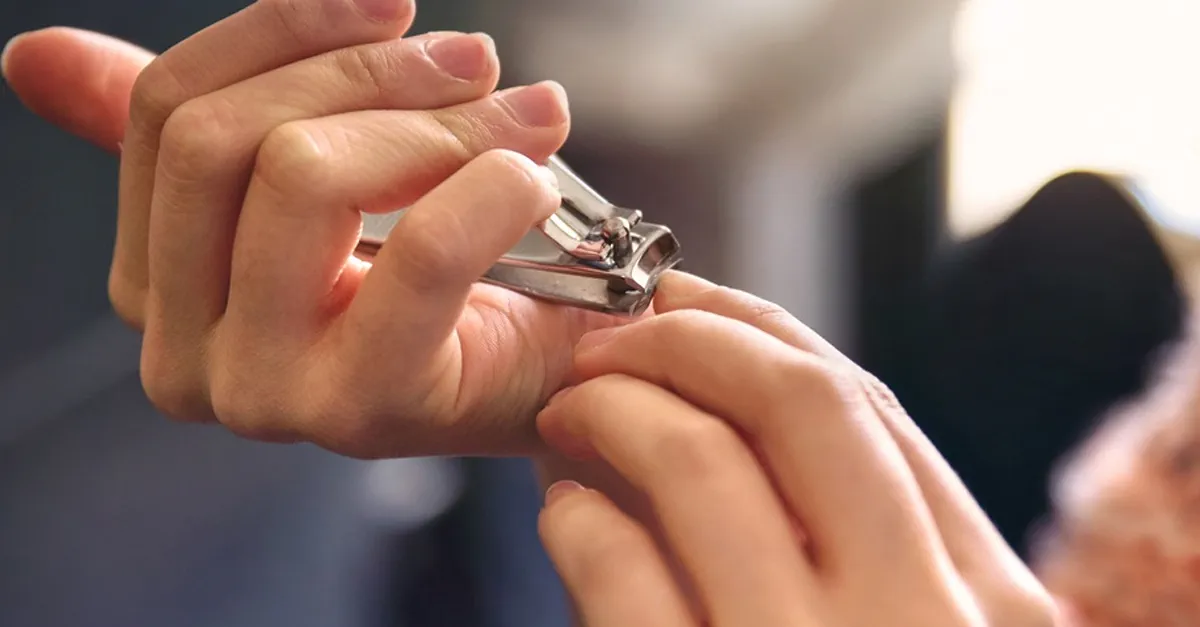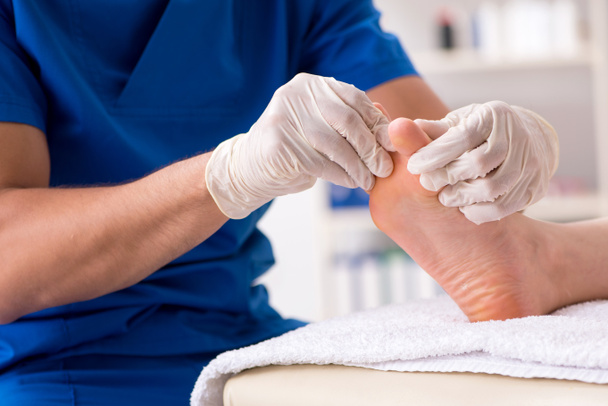Yellow nails can range in color from slightly tarnished to a noticeable rich yellow hue. A variety of reasons might cause nail discolouration. Regular nail polish wearers may notice that their nails develop a yellow discoloration. However, more serious illnesses such as nail infections, yellow nail syndrome, lung disorders, and rheumatoid arthritis can all cause yellowing nails.
Furthermore, smoking has been associated to yellow nail discolouration. In this article, Jensnail Columbus explains the symptoms, causes, and treatment options for yellow nails.
Symptoms of Yellow Nails
Yellow nails can take on a variety of appearances, from a slight color change to a more obvious dark yellow hue.
Yellow nails can be characterized by nail thickness, onycholysis (when nails detach from the nail bed), and inhibited nail growth.
Furthermore, depending on the underlying cause, different symptoms may appear. Individuals suffering from yellow nail syndrome, an uncommon ailment, may endure respiratory difficulties, chronic sinusitis, and swelling in their lower limbs.

Causes of Yellow Nails
Causes of yellow nails vary and may include:
- Melanonychia: This condition causes nail discoloration, which often appears as a dark stripe. It can be caused by a variety of reasons, including fungal, bacterial, or viral infections, inflammatory diseases, tumors, systemic illnesses such as endocrine disorders and HIV, trauma, and dietary imbalances.
- Yellow nail syndrome is a rare illness whose cause is unclear. It has been associated to autoimmune illnesses (including rheumatoid arthritis), lymphatic problems, and some malignancies.
- Fungal infections: It can affect anyone, are a common cause of nail discolouration. Certain factors, such as foot or nail injuries, diabetes, weakened immune systems, poor circulation, or previous fungal infections, can enhance susceptibility.
- Furthermore, wearing dark-colored nail polish or smoking cigarettes can contribute to nail staining as well.
Tobacco-stained fingers might not just be about appearances. Research revealed that 84% of individuals with tobacco-stained fingers suffered from tobacco-related ailments. These health issues encompass:
- Smoking-induced carcinoma (cancer)
- Ischemic heart disease (resulting from narrowed heart arteries)
- Peripheral artery disease (PAD—blockage in arteries supplying limbs, head, or abdomen)
- Stroke (blockage of blood supply to the brain or rupture of a blood vessel there)
- Chronic obstructive pulmonary disease (COPD, a cluster of lung conditions)
What Medications Can Cause Yellow Nails?
Some medications can lead to yellow discoloration of nails. These medications encompass various types, such as:
- Tetracyclines: An antibiotic prescribed for acne and bacterial infections.
- Quinolones: Another class of antibiotics.
- Clofazimine: An antibiotic employed in leprosy treatment.
- Combivir: A medication utilized in HIV therapy.
- Psoralens: Drugs administered for skin conditions.
- Retinoids: Medications primarily used for acne treatment.
- Cytotoxic drugs: Chemotherapy agents designed to eradicate cells.
Discoloration of nails often clears up once medication use is discontinued, though occasionally it lingers despite stopping the medication.
It’s crucial to consult a healthcare provider before discontinuing any medication. They may recommend completing the course, especially if it’s short-term, or suggest an alternative treatment.

How to Treat Yellow Nails
The treatment options for yellow nails differ according to the underlying cause. If melanonychia is to blame, treating the underlying cause, such as quitting specific drugs or treating linked diseases or injuries, may be required. Yellow nail condition is often treated with a mix of antibiotics, vitamin E supplements, and corticosteroids. Surgical intervention may be required for respiratory disorders such as pleural effusions.
Fungal nail infections can be treated with antifungal drugs, laser therapy, or even nail removal. Nails discolored by nail polish may require a vacation from polish until they grow out naturally, which usually resolves the discolouration over time.
Smoking can also cause yellowing of the skin and nails. Quitting smoking can lead to the cessation of this discoloration.
Are There Tests to Diagnose Yellow Nails?
To identify why your nails are yellow, a medical professional, typically a dermatologist specializing in skin and nails, will inspect your nails and gather a comprehensive medical background, which includes symptoms and details about your medications or health issues. This data often guides the subsequent actions, if necessary.
When to See a Healthcare Provider
Yellow nails should prompt a visit to a healthcare provider as they could indicate various health issues. Although sometimes the cause might be merely cosmetic, it could also signify underlying health conditions. If yellow nails are coupled with other systemic symptoms like respiratory or circulatory issues, it’s crucial to seek medical attention, as it might indicate yellow nail syndrome. Moreover, fungal nail infections can be challenging to treat, emphasizing the importance of early diagnosis and treatment to ensure prompt clearance of the infection.

Summary
Yellow nails can result from various factors, such as staining caused by substances like nail polish or underlying health issues. Alongside discoloration, symptoms might include stunted growth, nail separation, or brittleness. Infections, injuries, nail polish residue, smoking, and certain medications can contribute to this condition. Effective treatment targets the root cause.
